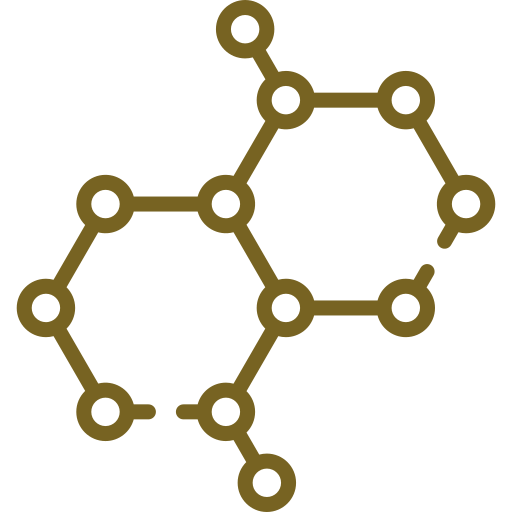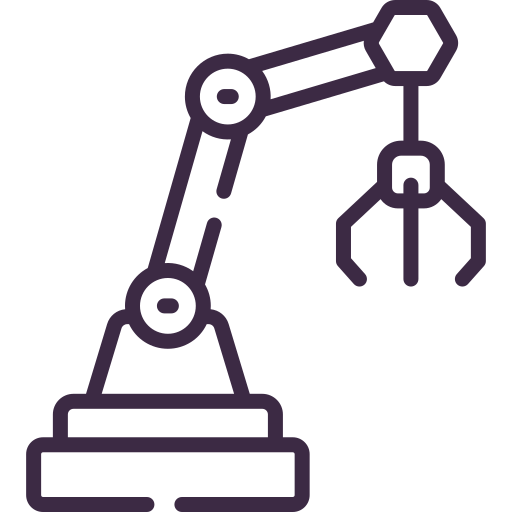As wonderful as the URC is, it cannot stand alone: what message does it send to spend a few days or weeks undermining systemic racism or sexism but to continue to perpetuate it implicitly or explicitly in every other class? The attention to equity and justice in the URC has to extend to our year-round pedagogy.
We encourage users to learn from experts in what that can look like, to share with one another, and to remember that this will be a project for the rest of our careers. The following list is not meant to be exhaustive but, rather, as a starting point to help instructors expand their equity pedagogy beyond the URC.

Include Diversity
While including a diverse range of STEM professionals in your curricula year-round isn’t sufficient, not including that diversity certainly doesn’t help. There are plenty of worthy folks out there, and a little Googling will help you find them. While you’re thinking of it, take a look at your walls: what messages might they send to students about what types of people or interests or mindsets are welcome, and which are not?

Build Community
To engage with the URC, you’re going to be asking students to be present in class in a new, more intimate way. This is an easier invitation to accept if you take steps throughout the year to build community:
Make sure your students know you care about them, which you can do in a number of ways: asking them (privately) for their preferred gender pronouns, preferred home languages, anything else they want you to know, etc. Have you connected with their families and guardians?
Some teachers start the year by collectively agreeing on class norms. These are different from the Discussion Norms you’ll develop for the URC, as they pertain to the entire year’s learning community.

Normalize Mistakes
Another way to invite students (and adults) to feel more comfortable in courageous conversations is to establish a class culture around the value of mistake-making. Happily, STEM teaching gives students plenty of practice with being ‘wrong’, and thinking about how you and they approach those moments can pay dividends in later conversations about equity.

Support Success
Likewise, students who feel competent are more able to take risks. What sort of opportunities do your students have to feel successful? Research shows that potential in STEM is often viewed as innate and not earned – falsely, and destructively – and the authors state clearly that “academics who wish to diversify their fields might want to downplay talk of innate intellectual giftedness and instead highlight the importance of sustained effort for top-level success in their field.”

Consider Interactions
STEM’s emphasis on collaboration means that students have plenty of opportunities to interact with one another. Those interactions can either improve the way that students value and listen to one another, or can entrench stereotypes. This highlights the need to attend to the nature of group work in your class can help prepare them to enter into a more difficult collaborative discussion. This could be a whole other unit unto itself, but here are some examples:
Designing STEM tasks that are group-worthy, giving students roles
Having students read, discuss research into what makes groups successful
Creating opportunities for students to give and receive peer feedback

Keep Learning
Learning about social identity and social justice are a part of leading courageous conversations. We have found it valuable to read and discuss the relevant issues with others and to keep learning from those who have more experience or different perspectives than our own. (Like Chanda Prescod-Weinstein’s Decolonizing Science Reading List, for example.) Likewise, keep learning about yourself: the more you know about your own identity, the better positioned you are to lead courageous conversations with others.

Change Mindsets
Finally, some foundations for courageous conversations are best described as mindsets: ways of viewing students, learning, and society without which successful implementation might be more difficult. For example:
Society Is Present In Your Classroom
We, as instructors, are frequent witnesses to microaggressions and small acts of bias. It is crucial that we name and interrupt them when we see them, in a way that protects the dignity of both the victim and agent. This isn’t always easy, and the Speak Up! resources have helped me to get better.
Our classrooms are not exempt from the biases that exist in society, and taking steps to address them is one way to lay the foundation for courageous conversations. One example: are students speaking and being spoken to in equal ways? Equity Maps and this website have proven useful in helping to measure this, and for sharing the results with students.
You, as an instructor, likely have some of the subconscious biases that most people in society do, and your position of power in the classroom means that these biases likely have impacts on your students (like this, for example). Acknowledging this is an important first step, and Google can help you reduce these biases over time.
Another way to identify and reduce biases in your class is to collect data. Asking students for anonymous feedback about the way you treat students can be important, as can looking at your student outcomes by social identifier to make sure that all students are equally likely to find success in your class.
All Students Are Capable Of Success
As mentioned before, do you represent success in your discipline as something students are born with (or not)? Which approach do your assessments bear out?
What sorts of “being smart” do your students identify in science? How could you establish and modify your class culture to broaden this?
Everything You Do (Or Don’t) Is A Choice
We include this as an answer to criticisms of “science shouldn’t be political” or “teaching shouldn’t be political”. A mindset that acknowledges that instructors, including instructors of STEM, are always making choices of what to do and how to do it, and that these choices always bring affordances and costs, can help to reorient your planning. The question is not whether or not to bring values into your classroom but, rather, which values do you want your class to reflect and build.
Social Justice Enhances STEM
STEM is a human endeavor, done by humans in the context of society. As a result, conversations about equity and social justice are not separate from STEM education but, rather, part of it.
STEM benefits from having a more diverse group of practitioners. Any steps we can take to increase the diversity present in STEM will increase the quality of STEM that is done.
